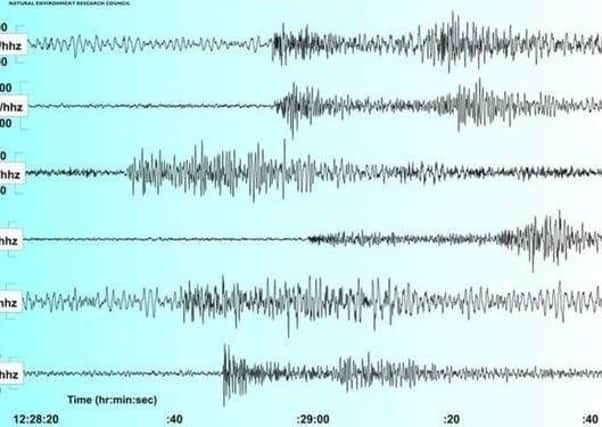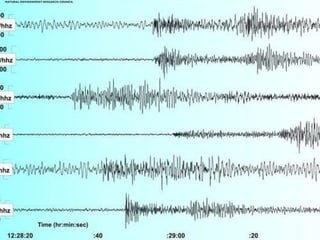Crawley earthquake: what we know so far


The British Geological Society has confirmed the tremor originated at 11.53am in Newdigate in nearby Surrey, the same region as the last three quakes that have happened since April, including one last week.
Today’s earthquake was slightly larger than any of the earthquakes reported on April 1, June 27 and June 29 at 3.0 ML or Local Magnitude, (formerly known as the Richter scale).
Advertisement
Hide AdAdvertisement
Hide AdBy 11.50am, the tremor had hit the Crawley area and reports also came in to our newsdesk from Kilnwood Vale and Ifield West.
Descriptions included the reaction of Gloria Hyder in Northgate, who said: “I was sitting on a very heavy sofa and lifted – moved – shuddered.”
According to the British Geological Society, the quake’s epicentre was five kilometers underground and had an intensity of ‘at least’ 3 on the European Macroseismic Scale, where 3 EMS is a ‘weak’ earthquake and 4 EMS is ‘largely observed’.
A BGS spokesperson said: “A number of reports have been received from members of the public in Newdigate, Dorking, Horley and Charlwood, Surrey and from Crawley and Horsham, West Sussex.
Advertisement
Hide AdAdvertisement
Hide Ad“Typical reports describe “was outdoors close to a building and you could hear it creak”, “felt large impact then 2-3 seconds of shaking”, “felt much bigger than the last two recent quakes”, “it was like two huge explosions”, “my chairs at the table shook and the lights moved” and “the aerial rattled and the ground shook”, indicating an intensity of at least 3 EMS.”
The society has previously said that it is ‘unable to say categorically if these earthquakes are related to hydrocarbon exploration or production in the Weald’, such as at Horse Hill in Surrey, ‘because of the uncertainties in our estimates of the earthquake epicentres and depths’.
